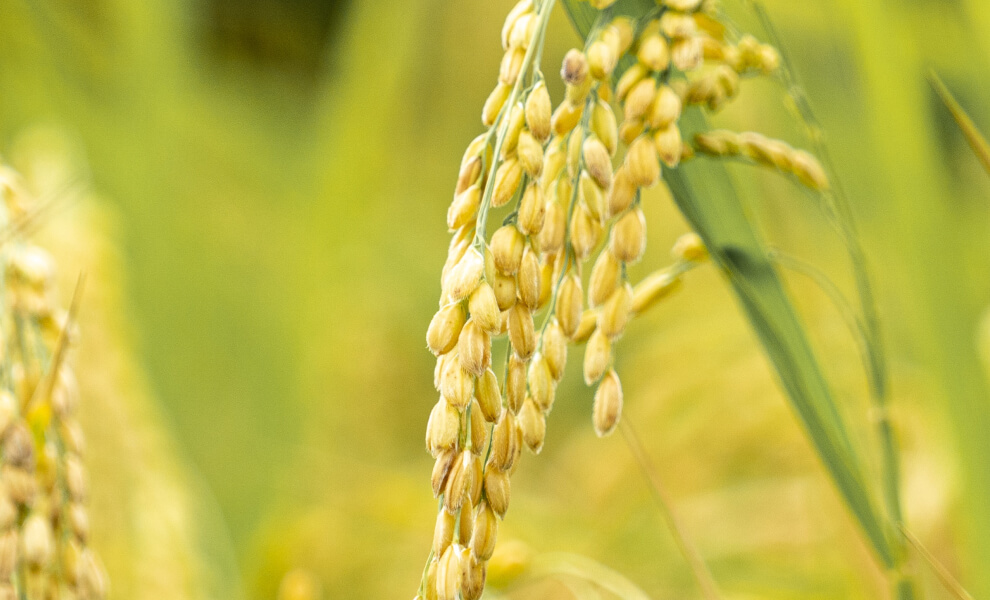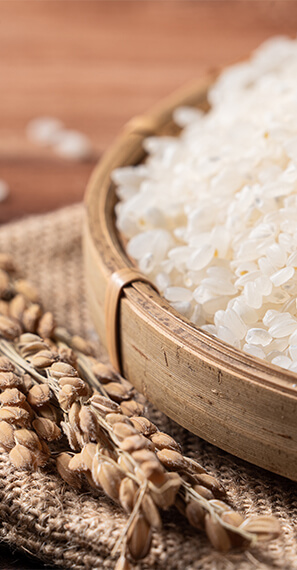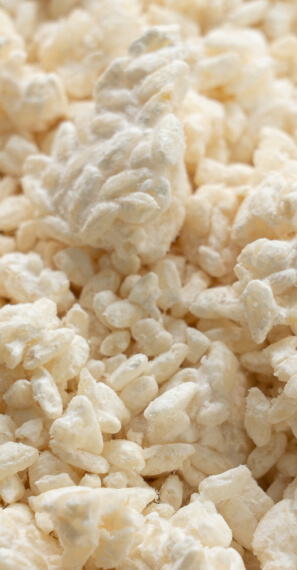The Sake Brewing Process
Unlike other beverages such as wine that rely heavily on the quality of the grape itself, the best sake is determined by its meticulous production process.
Sake, often hailed as "the drink of the gods" in Japan, is crafted from meticulously milled rice, water, yeast, and the essential koji mould. Its diverse flavour profiles and various serving temperatures make it an incredibly versatile beverage, particularly well-suited for enhancing the rich flavours of fish and seafood.
By introducing the main categories of sake and providing insights on the classification criteria, this guide serves as a valuable resource for an in-depth sake exploration, enabling a deeper understanding of the drink and providing a more confident approach to sake and its beautiful intricacy.

The Economist
Find out why seafood and sake are such a good match, and why sake is increasingly rivalling wine on the global culinary stage.
View article
Eat - Drink - Sleep
Expertly curated pairings that celebrate the versatility of sake's flavour, marrying its delicate notes with seafood.
View article
Restaurant News
Natsuki Kikuya, a renowned sake sommelier and WSET Sake Qualification Manager, discusses her journey in the sake industry, the cultural significance of sake, and her involvement in the JFOODO "Pairings of Perfection" campaign.
View article
Wine List Confidential
At Killiecrankie House, an avant-garde tasting menu that prominently features sake alongside wine and custom cocktails showcases its versatility in pairing with diverse dishes - all in a cozy, meticulously restored setting.
View articleUnlike other beverages such as wine that rely heavily on the quality of the grape itself, the best sake is determined by its meticulous production process.


Firstly, as sakamai rice is much larger than regular rice, it undertakes a process called “polishing”, meaning the imperfect outer layers are removed to reach the pure starch centre - the ideal state for making sake.


The polishing rate of sake indicates how much of the grain, minerals, iron, and proteins have been removed. As this rate increases, so does the delicacy and refinement of the drink.


After polishing the rice, it undergoes a slow, cool fermentation process. This breaks down the proteins in the grains, creating amino acids that give sake its rich and savoury flavour.